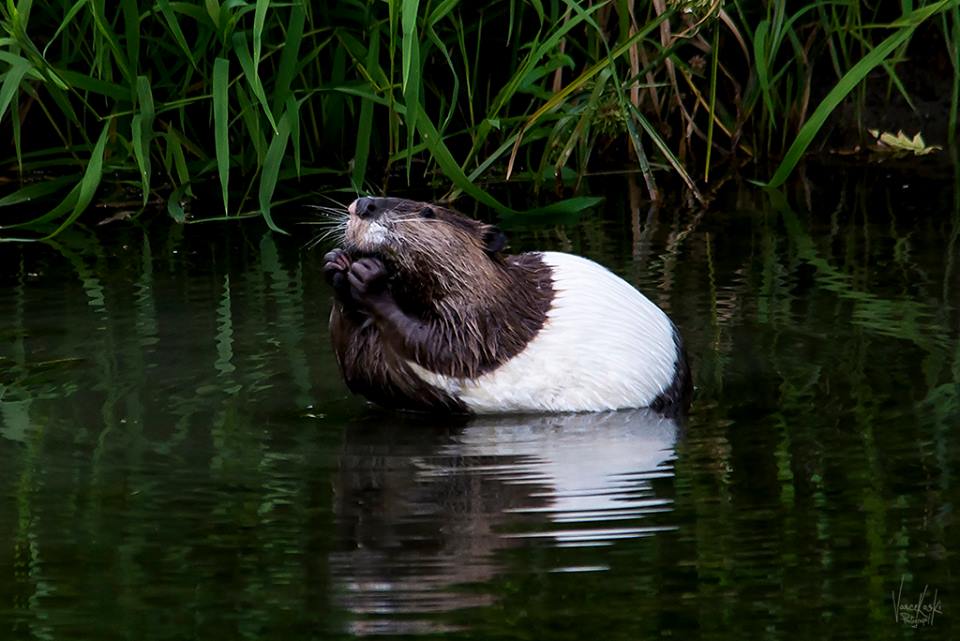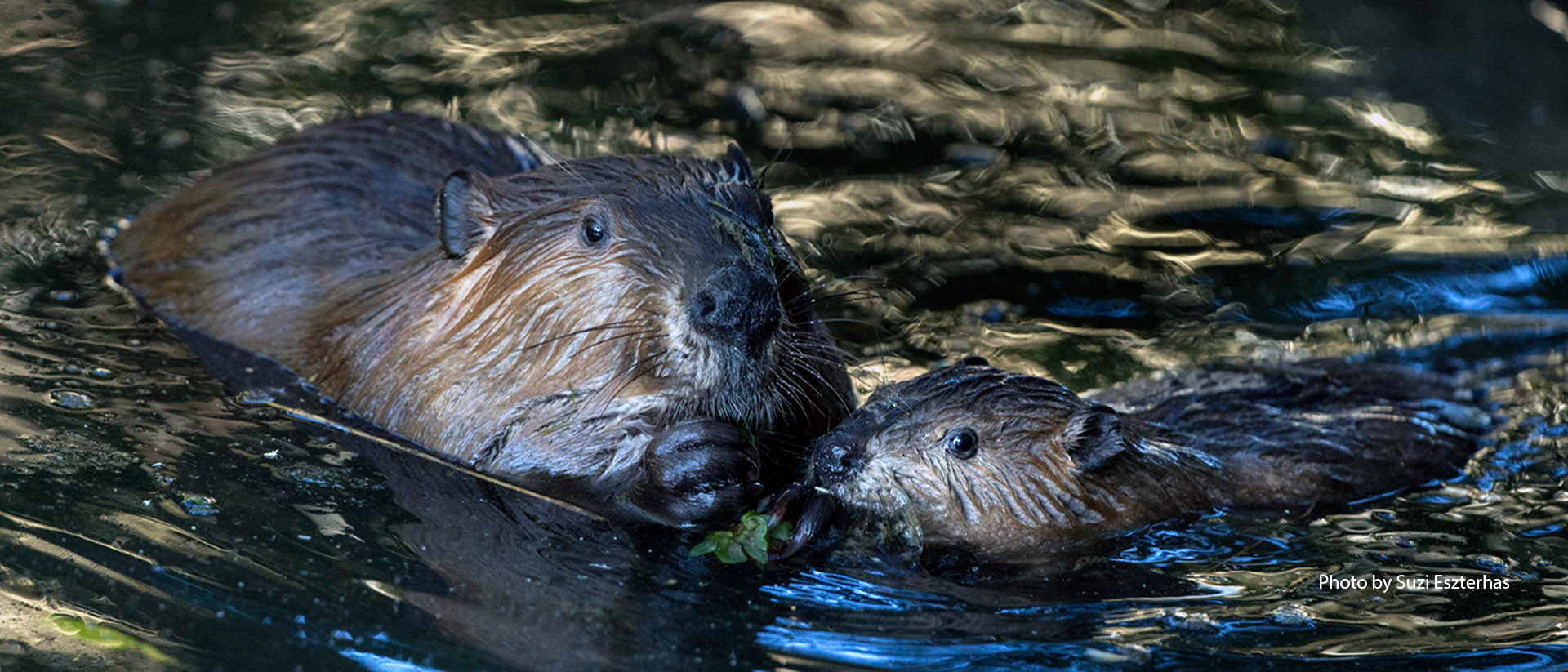Apparently Canadians are easily shocked.
All-white beaver shocks Beaver Dam man
A Beaver Dam man is in complete awe of an encounter he had with a blazing white beaver this week.
Paul Mikolas says he was standing near the river by his home, in the aptly named community south of Fredericton, when an all-white beaver swam right up to him.
“Pure white,” said Mikolas. “And it was huge.”
Mikolas said the size of the animal took him by surprise, just as much as its bright white coat.
“I’ve never seen one this big,” he said. “It was the most bizarre experience I’ve ever had in my life.”
Well now you know their are albino everythings right? How much do you want to bet this beaver was a normal sized adult.
Because beavers are normally shy and wary animals, Mikolas said this white beaver’s behaviour took him by complete surprise.
Once it noticed him, he said, it swam across the river, against the current, toward him.
“It came over to say ‘Hi’ basically, I guess,” said Mikolas. “I could have reached down and stroked its head if I wanted to, it was that close.
“It sat there in the water looking up at me and then it did a little spin, and gave its tail a little slap on the water and dove underwater and went downstream and disappeared. And if I didn’t have the pictures, I honestly wouldn’t have believed it happened.”
Since then Mikolas has kept a sharp eye out for the white beaver but hasn’t come across it since.
Ahem. Since it tailslapped I’m guess that it was not in fact coming to say hi.You surprised it. That beaver probably never saw an all white man either,
Just to be clear before we killed the heck out of them their used to be different colored beavers: Blonde beavers, Red furred beavers etc. I’m so old I already have seen something like this before:
Here is the piebald beaver of Winters California.











































